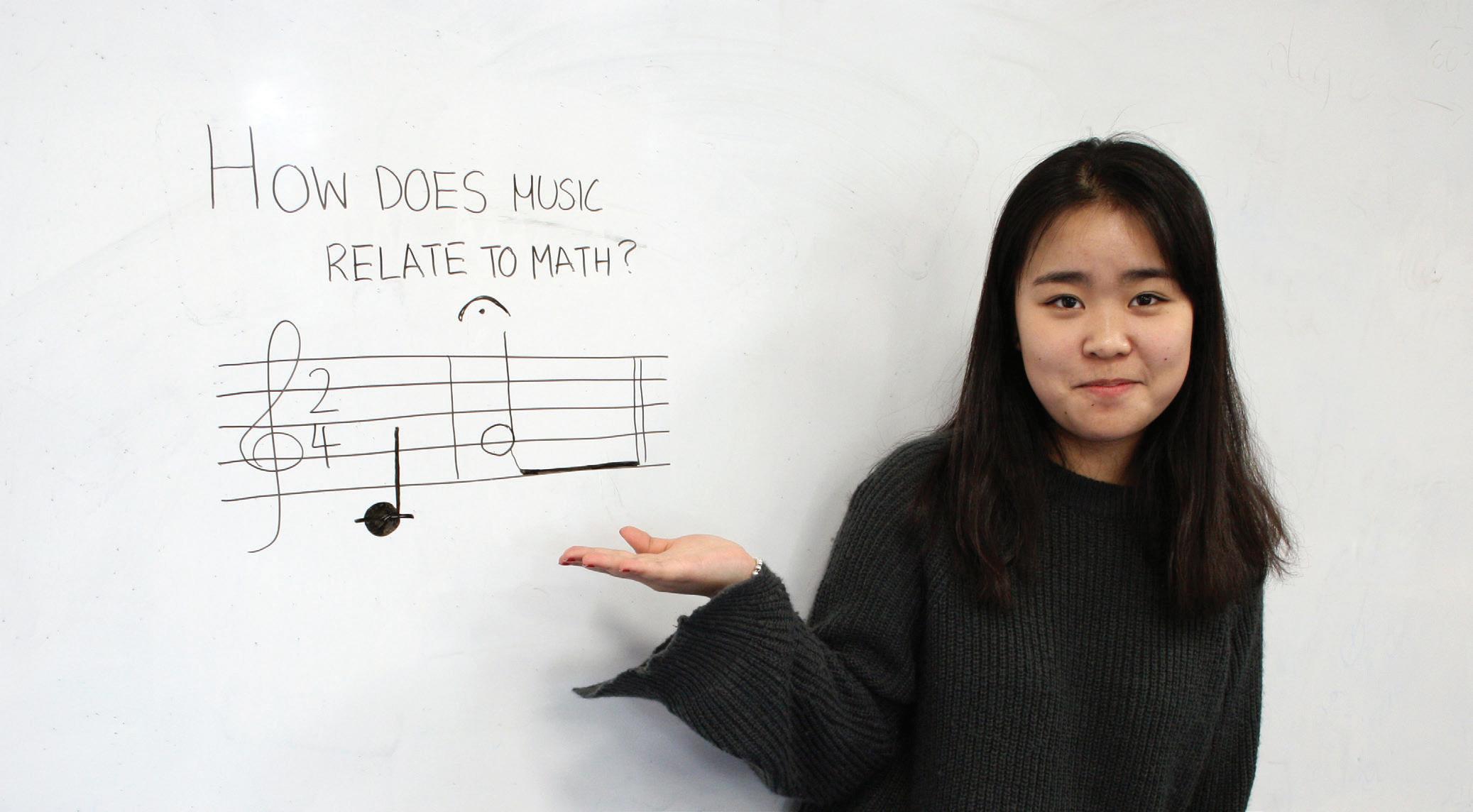Book review
Teaching and Learning for Intercultural Understanding Engaging Young Hearts and Minds By Debra Rader Abingdon: Routledge (2018) Reviewed by Gustavo M Lanata In producing this title, Debra Rader has given educators a book well worth taking the time to read. She has an impressive CV in a number of areas in the field of education, which includes over 30 years of working in primary schools. Today she works as an international education consultant, as well as developing programmes with a focus on intercultural understanding. This experience notwithstanding, her book is presented to the reader through the clear mind-set of a primary school teacher. This is evident in the first line of the Acknowledgements where she states that ‘The writing of this book has truly been an emotional, spiritual and intellectual journey’. Her approach towards the craft, science and art of teaching is full of such references, and it is my guess that this aspect of Debra Rader’s writing will shine through to anyone who has spent time as a professional educator. The book is a manual designed to help those walking into a classroom filled with non-native and non-local learners to create an environment that is full of opportunity for everyone to learn. Despite being written with a primary school focus, the book is also of value for those working in secondary and tertiary education and, I would argue, essential reading for all in the field of education. The first thirty-seven pages of the book are dedicated to expressing the importance of including every child in a class
and making them feel welcomed in the learning environment. The book provides simple-to-follow suggestions that will help each reader to accomplish this task. Compelling Pedagogy for Our Times, as the first part is titled, is divided into three chapters and deals specifically with the importance of intercultural understanding. Chapter one (What is intercultural understanding?) asks a difficult question, but Debra Rader answers it by telling us that it is the ability to see beyond the context of our life. We need to see how others think and see life around them. We must be open-minded and be caring and kind to all, so that those around us feel equal and empowered. Although, as she reminds us, intercultural understanding – also referred to as intercultural competence – has no current agreed-upon definition, she provides the reader with a framework that may be used in any classroom. Chapter two (Why is teaching and learning for intercultural understanding imperative?) takes the reader to the next important step in understanding our role as teachers in today’s classroom. Debra Rader explains that as we see our world becoming ‘smaller’ we are faced ever more frequently with the reality of people being placed in situations that require quick responses to new environments. Areas and regions of the world are in a state of almost constant demographic change, which demands that educators understand as
Debra Rader explains that as we see our world becoming ‘smaller’ we are faced ever more frequently with the reality of people being placed in situations that require quick responses to new environments. Winter
Summer |
| 2019
69



























